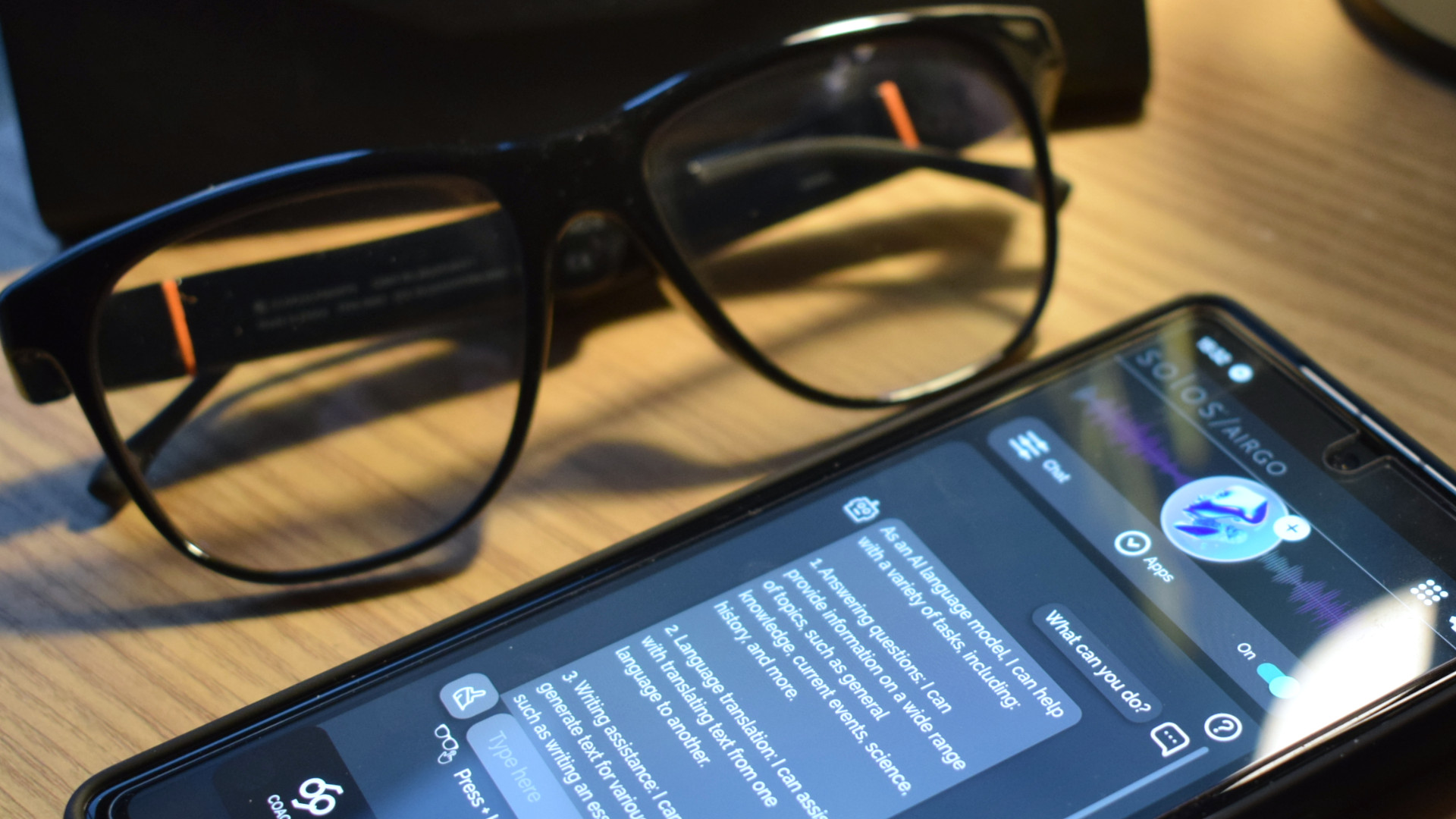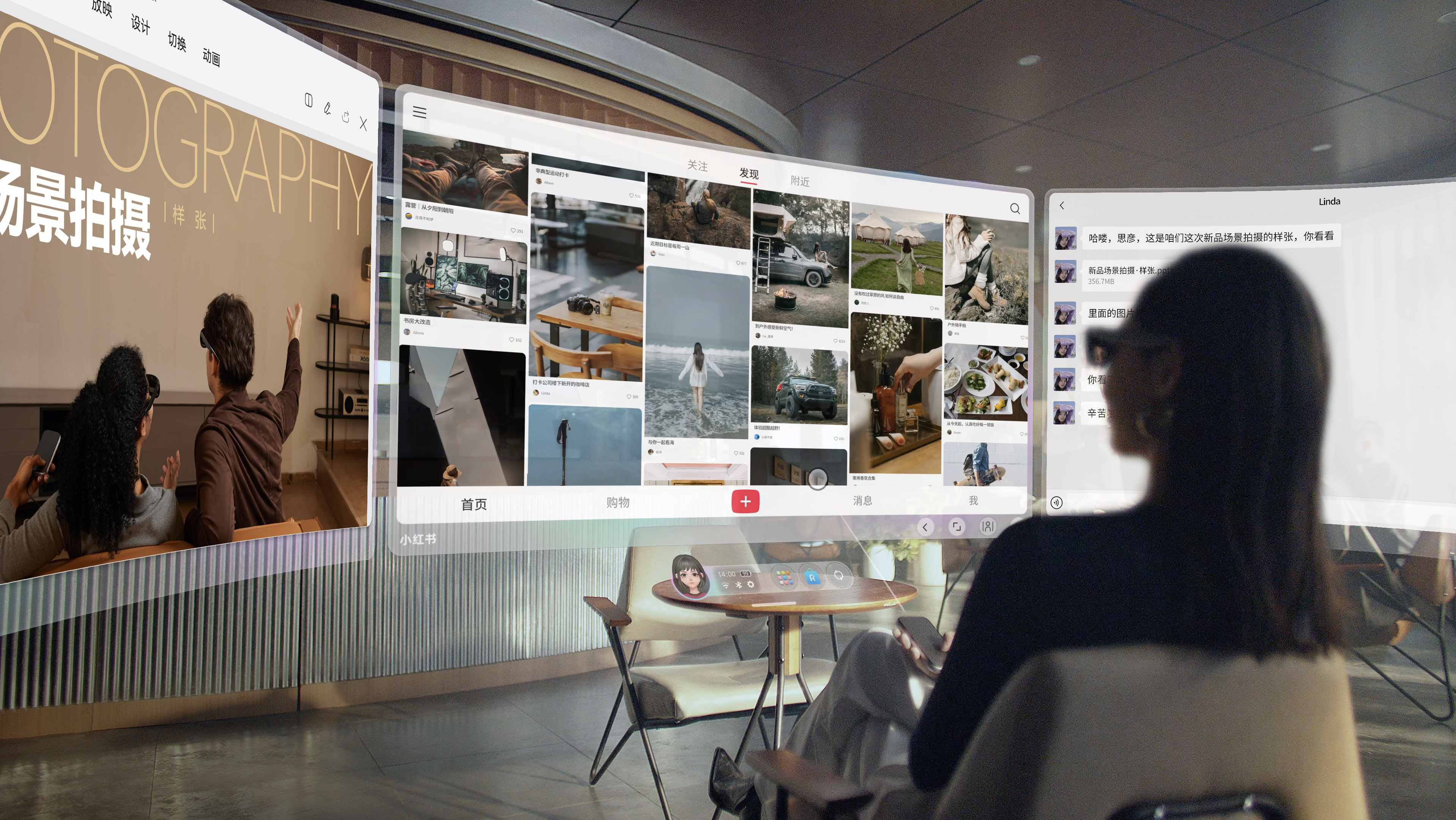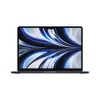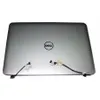AR Smart glasses are everything the Vision Pro should have been
Mark my words, smart glasses are the future

Apple's Vision Pro was supposed to be a game changer, a harbinger of spatial computing. It housed the most cutting-edge tech, was made from the most premium of materials, and was designed to operate in total harmony with the wider Apple ecosystem. That's why it was such an overwhelming success, and, to this day, hailed as one of Apple's most successful product launches of all time.
Except it wasn't.
Apple Vision Pro: A fate sealed with a K.I.S.S.
Keep it simple, stupid (KISS) is a design principle and acronym that pushes for products and systems to avoid complexity wherever possible. This is an especially good design mentality to have when you want to introduce something new to a larger audience, as it gives them far less to have to adapt to.
Apple managed this pretty well for devices like the iPod, iPhone, and iPad. To use them, you simply turn them on and tap. Sure, further features require a little more know-how and these systems evolved in complexity over time, but the general usage is simple.
Seeking to introduce a new type of product to a wider audience, Apple designed its Vision Pro with the same ease of use in mind. Subtle finger gestures allow you to interact with the "spatial computing" environment around you, with the very direction of your pupils serving as a pointer of sorts.

That's pretty simple and pretty intuitive. However, tack onto this the need to scan your face to build a digital clone of yourself, calibrate your own fingers to engage in awkward zero-feedback interactions, control everything via gesticulation that leaves you looking like you're attending the most low-energy rave mankind ever bore witness to, and then having to head on over to Reddit for medical opinions on how to strengthen your neck muscles enough to wear this behemoth without developing scoliosis, and you're beginning to push at the boundaries of how simple and intuitive things really are.
It's just a lot to throw at somebody at once. It's a whole new medium, method of interaction, and an entirely different type of wearable (that isn't all that wearable). By the time you get to the Vision Pro's weak selection of proprietary apps and its $3,500 price tag, it's very hard not to see this thing as a supremely over-specced stereoscopic View-Master.
Sign up to receive The Snapshot, a free special dispatch from Laptop Mag, in your inbox.
Sadly, we're just a little too early on into this tech's life cycle and there's nothing else out there to provide a simpler, affordable, and more comfortable all-day AR experience.
Except there is.
Enter, eyewear 2.0: The smart glasses revolution you aren't paying attention to
If you haven't heard, smart glasses are the next big thing. Says who? Says me, dear reader. That's who. What do I know? Well, actually, a fair bit.
I've been wearing smart glasses of various forms for over six months now. While I can confirm I'm basically as cognitively defunct as I was before putting them on, I can say there's genuine promise when it comes to eyewear 2.0 technology.
They're lightweight, easy to use, stay completely cool, and (generally speaking) completely unobtrusive. Plus, you don't have to walk around with a pair of digital googly eyes plastered to the front of your face.
While many people were slowly coming to grips with the fact that I was right when I said that there's no way anyone is wearing the Vision Pro for a full day's work, I was busy saying my farewells to the flat screen and using AR Glasses to replace my monitors.

I even switched out my regular eyewear for a pair of Solos AirGo 3 Smart Glasses, and by switched out, I mean I've yet to return to my regular old spectacles 1.0 lifestyle. And why would I? Thanks to Solos' smart glasses I now have the power of ChatGPT perched atop my face at all times. I'm practically a demigod.
When it comes to entertainment I can always switch over to AR glasses, enjoying a 120-inch projection of a display anywhere at any time with impressive open-ear audio for more natural immersion. Typically all this requires is connecting a cable and I'm good to go.
While I might have eventually returned to monitors, I did so begrudgingly and only because I needed to perform a lot of multitasking that the software powering these augmented eyeglasses wasn't quite capable of yet. Sadly, this goes to show that even your favorite tech has its limitations, and I'm forced to twiddle my thumbs while I wait for a more ideal solution to present itself.
Except it has.
Rokid's AR Lite spatial computing suite: The smart glasses combo you didn't know you needed
I'll forgive Rokid for adopting the spatial computing Apple marketing slang, but only because it has just announced the smart glasses product I've been banking on.
Rokid's AR Lite is a bundle of two new products: the ultra-lightweight Rokid Max 2 AR smart glasses and the Rokid Station 2 host unit—an easy to operate touch interface that uses the proprietary YodaOS-Master spatial operating system to power expanded AR functions.

It's those AR improvements that change everything for the Rokid Max 2, with the new AR lite suite combining to provide multi-screen support for AR windows up to 300-inches in size, picture stabilization for use while on the go or in a moving vehicle, wireless multi-platform screen casting to spatial windows, and expanded Bluetooth connectivity for external peripherals alongside 100GB of free cloud storage that unshackles you from the confines of your dreary desk throughout your 9-to-5 misery—especially when taking into account the host unit's 5,000mAh battery.
Not only that, those "spatial computing" capabilities are backed by the Rokid Max 2 smart glasses already impressive features like non-destructive Diopter adjustment (0.00D to -6.00D), which sounds fancy, but is actually a set of in-frame dials to tune-in the display to suit near-sighted users without the need for prescription lenses.

As a stand-alone set of smart glasses the lightweight (just 75 grams) Rokid Max 2 can also deliver a 300-inch, FHD, TÜV Rheinland-approved eye-friendly display at 600 nits of peak brightness, at 1200p resolution with a 90Hz refresh rate. Then there's the built-in HiFI-level open-ear audio that leaves you free to engage with the environment around you in complete comfort without skipping out on immersion for your chosen media.
Outlook
As one of the latest and more promising wearable options, smart glasses are becoming better and better all of the time. Rokid's AR Lite Suite is just the most recent example of this, and highly unlikely to be the last.
This tech is destined for big things, and you can bet your bottom dollar that Apple, Meta, and more all have their sights set on condensing VR/AR headsets into this form factor as soon as it's humanly possible to do so.
In the meantime, Rokid's AR Lite Suite will be available direct from the Rokid website following the coming launch of its Kickstarter.
More from Laptop Mag
- I used AR Glasses to replace my monitors — here’s what happened
- XREAL Air 2 AR glasses review — An augmented reality check
- Solos AirGo 3 Smart Glasses review: Hands-free ChatGPT

Rael Hornby, potentially influenced by far too many LucasArts titles at an early age, once thought he’d grow up to be a mighty pirate. However, after several interventions with close friends and family members, you’re now much more likely to see his name attached to the bylines of tech articles. While not maintaining a double life as an aspiring writer by day and indie game dev by night, you’ll find him sat in a corner somewhere muttering to himself about microtransactions or hunting down promising indie games on Twitter.









